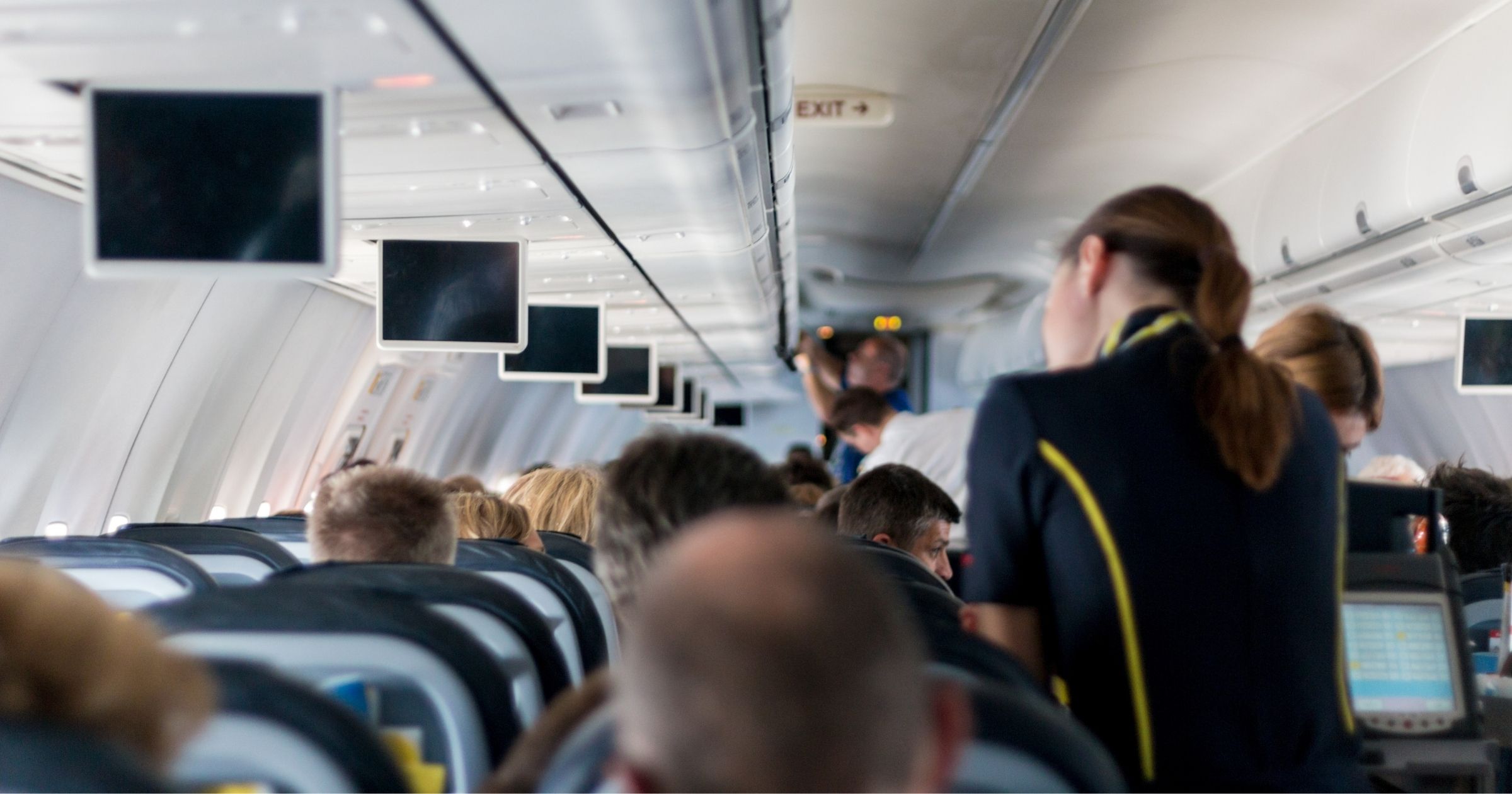Indigenous Tourism: Interact. Learn. Revitalize.
Indigenous peoples make up 5% of the world's population and live in 90 countries, according to the United Nations. Indigenous tourism offers travelers the chance to interact with and learn from Indigenous people and helps revitalize Indigenous communities—when done respectfully.
Increased Interest in Indigenous Tourism
Indigenous tourism sits at the intersection of popular travel trends, including authenticity, transformational travel and environmental stewardship. Indigenous peoples are seen as guardians of the planet and native traditions. A thoughtful encounter with Indigenous peoples is seen as the trip highlight, something that provides lasting meaning after travel.
While travelers want to interact with Indigenous peoples, some worry about ethics. A 2017 survey from Destination Canada and the Indigenous Tourism Association of Canada found Americans feel guilty about their country's historic treatment of Native Americans. Americans generally don't know much about Indigenous communities and prefer interactions that feel intimate or one-on-one, where they can learn about a tribe's connection to the land, traditional arts and crafts, food, or history.
How Indigenous Tourism Benefits Communities
When conducted ethically, tourism is an economic driver that provides meaningful and well-paid work for Indigenous peoples and encourages cultural revitalization, according to the World Tourism Organization.
Indigenous communities understand the benefits of tourism and many are eager to attract tourists. Travel planners must consider historical challenges and do things differently this time to avoid ethical, social, or cultural missteps.
A legacy of oppression means tribes were often acted upon, without being given opportunity to consent. Recognizing this history, the U.N. mandated in 2007 that any activity on Indigenous land receive FPIC: free, prior and informed consent. With FPIC, Indigenous people have a say in whether an activity can take place and verify it respects their beliefs, culture, and land, and benefits their community. FPIC requires respect and a willingness to learn. The Food and Agriculture Organization of the U.N. offers a free manual on Free Prior & Informed Consent, which provides context on FPIC and why it matters plus a six-step process for implementing FPIC when approaching indigenous communities.
The George Washington University International Institute of Tourism Studies, G Adventures and Planeterra Foundation have guidelines for travel companies that work with Indigenous communities. Designed to be flexible based on factors such as group size, frequency of visit, and availability of resources, these guidelines can act as a checklist or a guide for inquiry into developing a culturally sensitive, respectful visit to an Indigenous site. Suggestions include:
- Paying a living wage and offering opportunities for advancement.
- Working with Indigenous suppliers or vendors.
- Planning excursions that don't disrupt daily routines.
- Allowing Indigenous peoples to control and deliver cultural programming.
- Only partaking in experiences that benefit the indigenous population.
- Being culturally sensitive and respectful.
- Understanding that consent can be withdrawn.
While Indigenous tourism may require greater communication, patience and a willingness to learn from one another, the rewards of successful partnership are abundant.
Written by Lindsey Danis, Contributing Writer for Groups Today.
This article originally appeared in the May/Jun 2020 issue of Groups Today.



